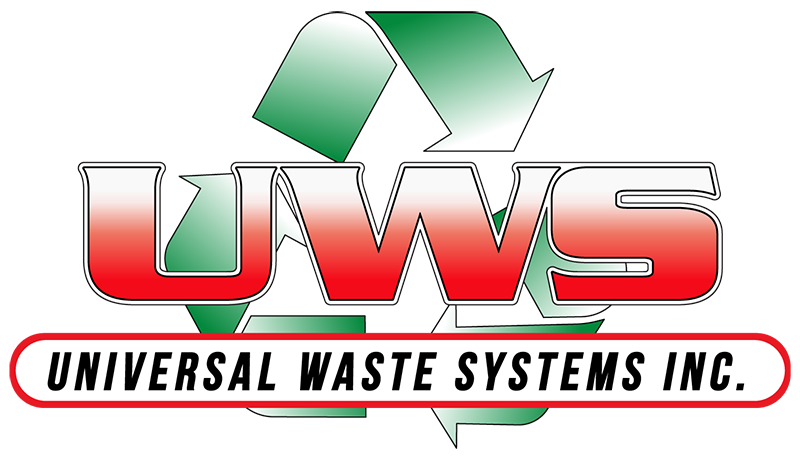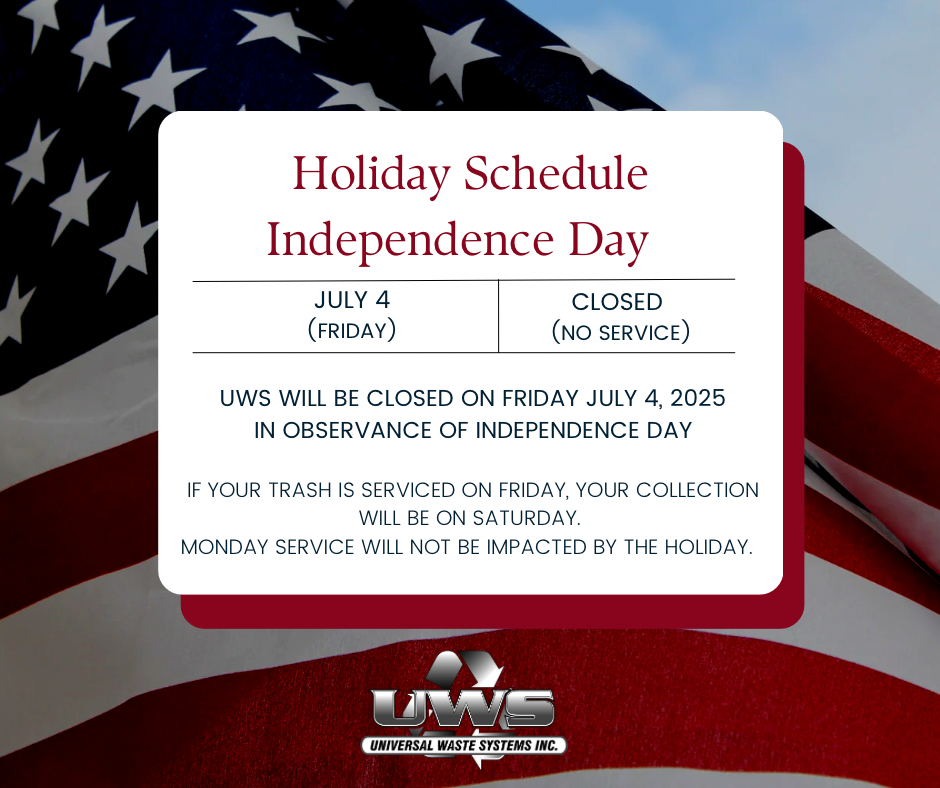Septic Services
Septic Services
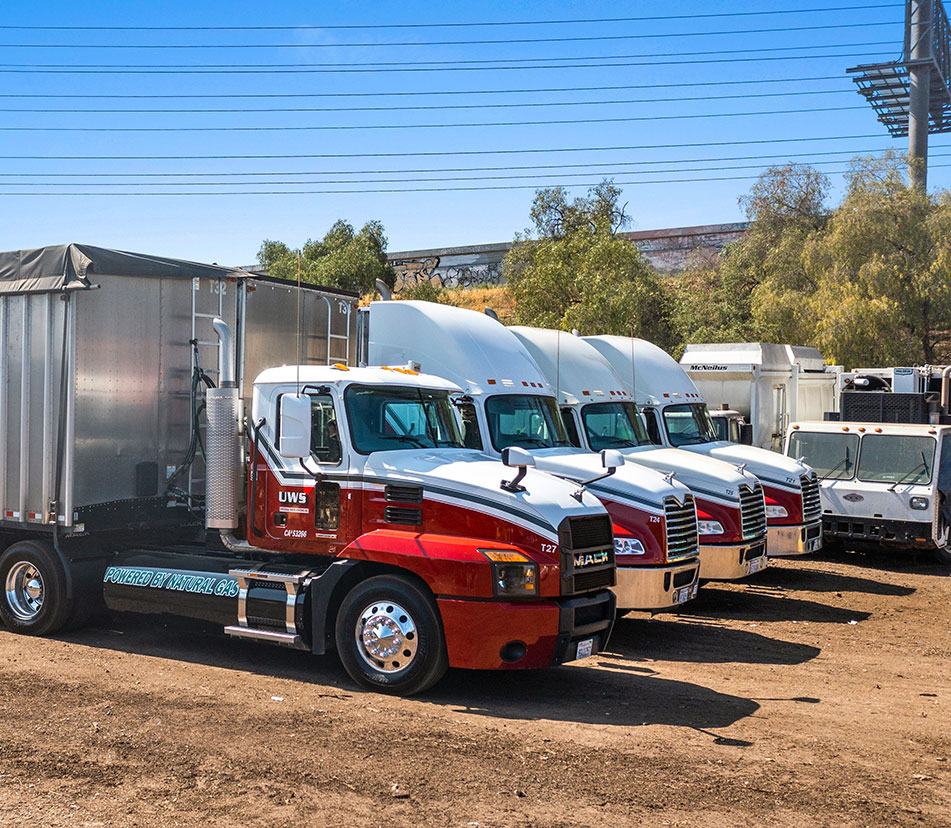
Septic pumping
- Available for any size septic tank or seepage pit.
- Electronic Locating Service
- Labor crew available to dig open and back fill the tank
- Riser installation service
- Replacement Lids Available
- C42 Certification Services Available.
- Real estate tank inspections.
- Transportation and Disposal at certified and permitted facilities
- Regular Scheduled Cleaning and Maintenance Available or On-Call
- Emergency After Hour Services Available
- Additional Services (Tank Locating and Repairs, C42 Certifications, Real Estate Inspections).
Pumping Frequency
As a general recommendation, a traditional 1,500 gallon septic tank should be pumped every 3 to 5 years. This chart provides a general guideline as to a pumping schedule. Pumping frequency depends on the amount of water and waste going into your system, the size of the tank and the septic system’s overall condition.
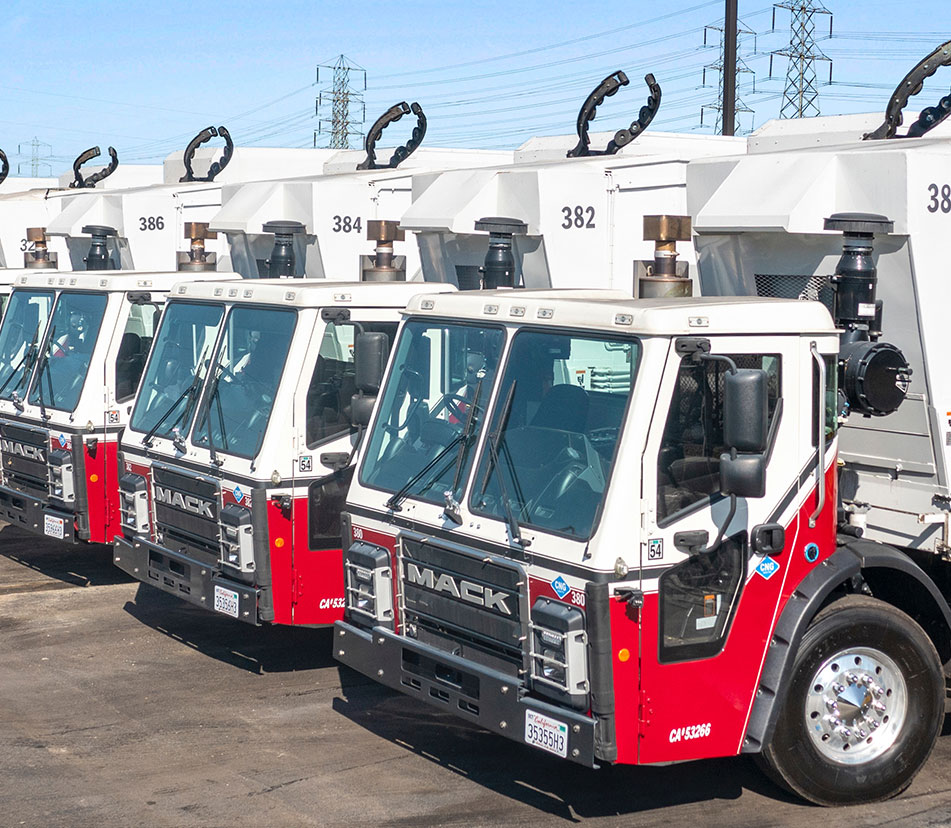
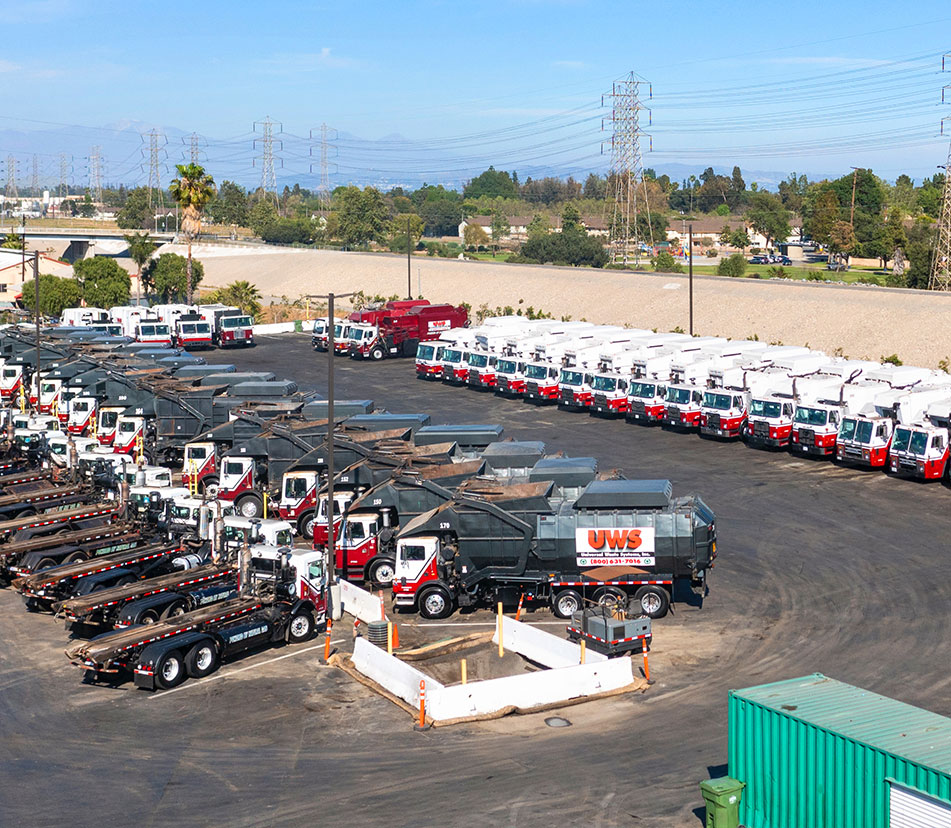
Septic Maintenance
- Effluent Filter Cleaning
- Lid Replacement: Fiberglass, Plastic or Concrete
- Riser Installations
Knowledge
An effluent filter is a cylindrical device installed on the outlet baffle of a septic tank that assists in the removal of solids from wastewater before it enters into a drain field. These effluent filters are designed to protect the drain field and allow for cleaner and more clear effluent to exit the tank. The elimination of carryover solids from the septic tank by installing and maintaining the effluent filter minimizes the risk of a blockage and premature failure of the drain field.
Advantages and Disadvantages of Effluent Filters
In the case of effluent filters, the benefits tend to outweigh the disadvantages. The EPA states that the presence of a properly installed effluent filter will extend the life of one’s leach field and improve the quality of effluent.
Advantages
- Cost-effective – The price of effluent filters is affordable
- Prevent solids from entering drain fields and premature failure
- Easily installed onto existing septic tanks
- Require little maintenance
- Peace of mind
Disadvantages
- Regular cleaning is required to maintain optimal operation
- Due to their nature, clogging can occur
There are many types and styles of effluent filters on the market. Give us a call and one of our skilled technicians can help you determine what may be right for your system.
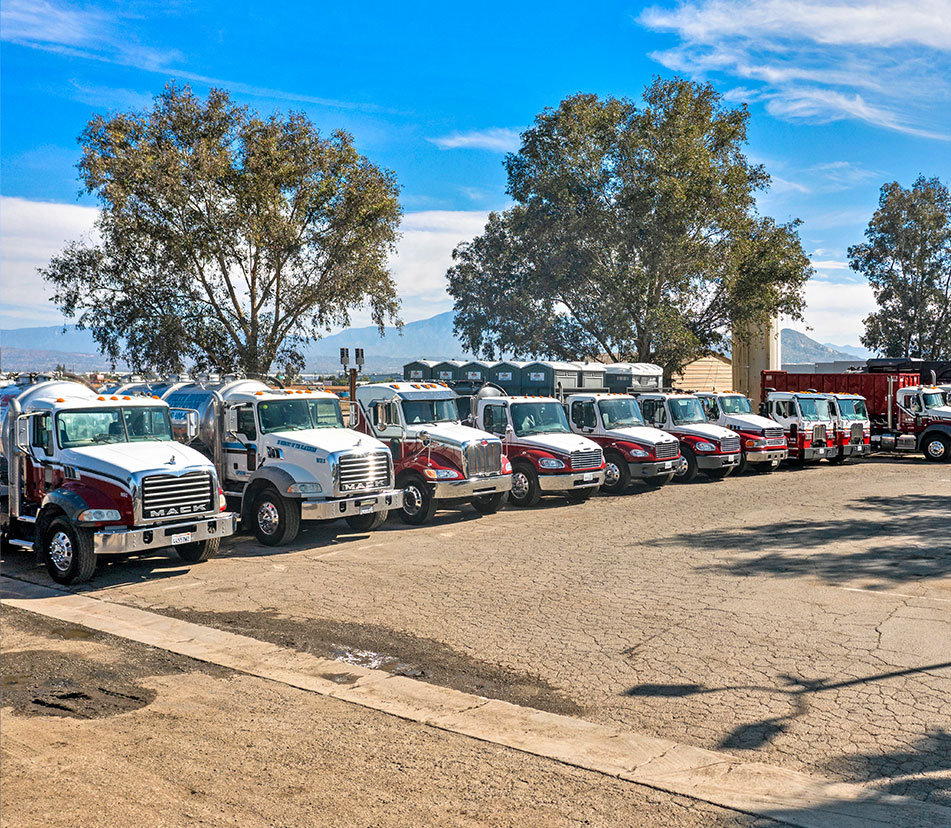

Knowledge
A septic tank riser is a pipe made of either plastic, fiberglass, or concrete. It creates a vertical portal at the ground surface for easy access to the septic tank for inspection and pumping out. The lid is then either left exposed or with a very thin layer of soil and grass over it. It is recommended that your septic tank and onsite wastewater system be inspected, and pumped if necessary, every 3-5 years depending upon use. The addition of a riser to your system can be planned to coincide with your regular septic maintenance schedule.
The one-time cost of installing risers will pay for itself with the savings from the elimination of future repetitive uncovering for inspection and pumping. Having a riser in place can also significantly reduce the cost of septic tank maintenance over time through the ease of access and time on the job saved. Plus you will be spared digging up your lawn every time as well.
Septic Services Process
Septic Services Near You
get a quote
Please use the form below to request services from Universal Waste Systems.
Our team will touch base with you immediately.
